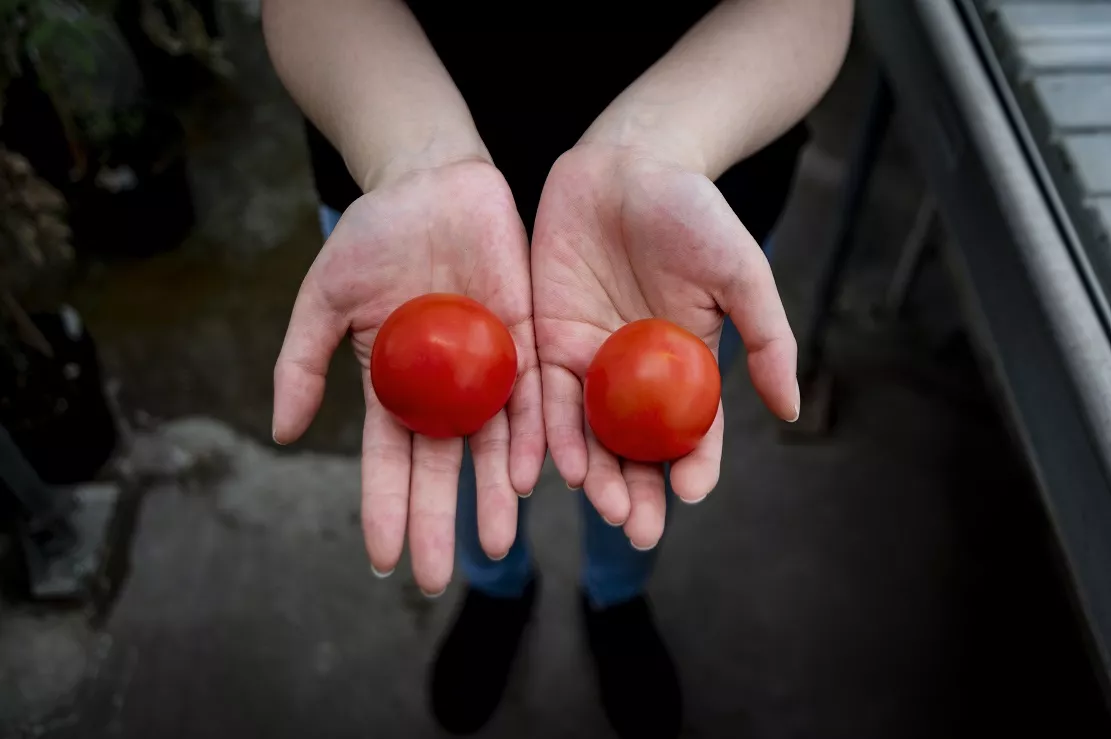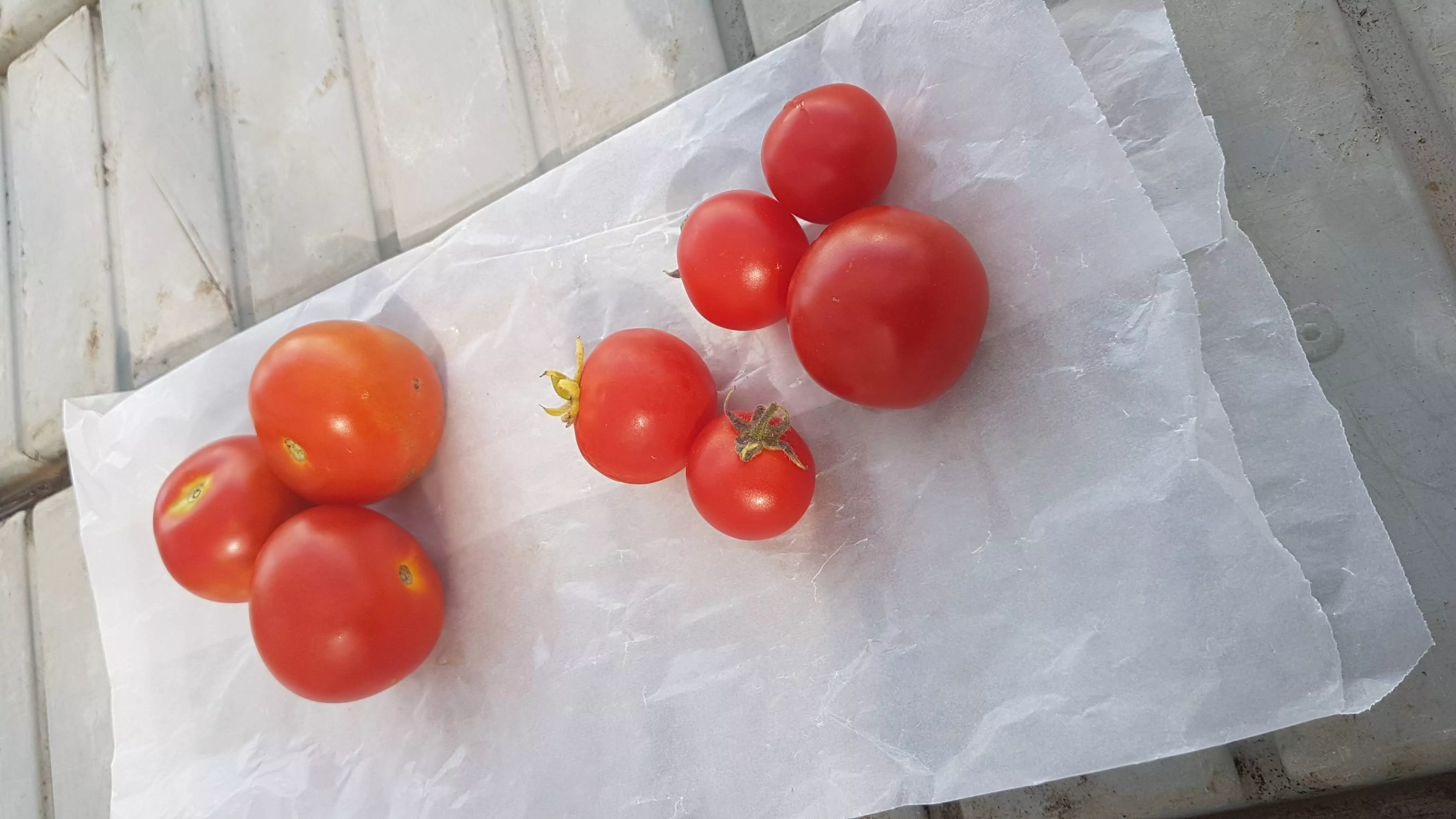Vitamin D deficiency is a growing health problem, but few foods are rich in this nutrient. To help solve this problem, scientists have now used CRISPR gene editing to fortify vitamin D in tomatoes. Vitamin D plays a key role in good bone health and strengthening the immune system by helping the body absorb and retain calcium and phosphorus.
However, getting enough vitamin D from food alone is very difficult because most of it is produced by skin exposure to the sun's ultraviolet rays.
It is understood that many people still do not get enough vitamin D. It is estimated that 1 billion people around the world are affected by vitamin D deficiency. This seems to increase a person's risk of heart disease, certain cancers, autoimmune diseases and weakened bones and muscles.

In this new study, researchers from the John inners center set out to provide a new source of vitamin D by genetically engineering tomatoes. It is well known that this fruit already naturally contains a vitamin D precursor called 7-DHC, but it is low in content and only exists in leaves, which are usually not eaten.
To change this, the researchers used crispr-cas9 gene editing system to turn off a specific enzyme in the tomato genome, which usually converts 7-DHC into other molecules. Without this enzyme, the accumulation level of 7-DHC in tomato pulp, peel and leaves would be much higher. Importantly, blocking this enzyme does not affect the growth, development or yield of tomato plants.
As in human skin, 7-DHC can be converted into vitamin D3 by exposing tomatoes to UVB light. Later, it was found that a tomato contained vitamin D equivalent to two eggs or 28 grams of tuna, which could be increased in sun dried tomatoes.

In addition to making tomato fruits more nutritious, vitamin D-rich leaves can also be used to make health products instead of being wasted, the team said. Other plants such as eggplant and potato have the same biochemical pathway, which means that the same gene editing can also be used to make them more nutritious.